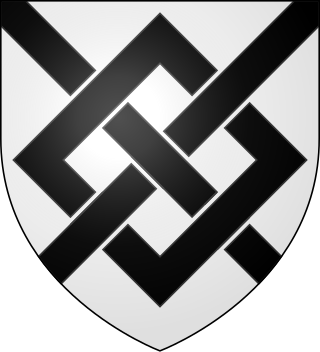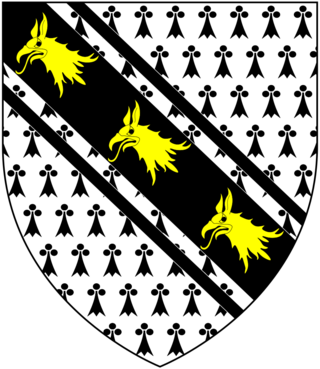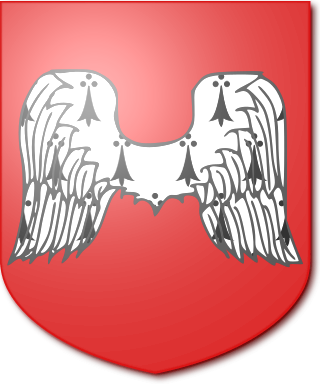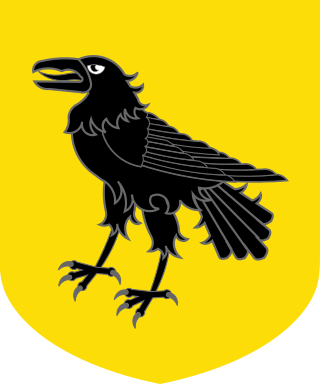
There have been six baronetcies created for persons with the surname Smyth, two in the Baronetage of England, one in the Baronetage of Great Britain, one in the Baronetage of Ireland and two in the Baronetage of the United Kingdom. One creation is extant as of 2010.

There have been twenty one baronetcies created for persons with the surname Williams, eight in the Baronetage of England, three in the Baronetage of Great Britain and ten in the Baronetage of the United Kingdom. Only six of the creations are extant as of 2017.

There have been three baronetcies created for members of the Vernon family.

There have been four baronetcies created for persons with the surname Hope, three in the Baronetage of Nova Scotia and one in the Baronetage of the United Kingdom. As of 2010 one creation is extant, one dormant and two extinct.
There have been two baronetcies created for persons with the surname Markham, one in the Baronetage of England and one in the Baronetage of the United Kingdom.
There have been seven baronetcies created for persons with the surname Edwards, three in the Baronetage of England and four in the Baronetage of the United Kingdom. Only one creation is extant as of 2007.
Three baronetcies were created for persons with the surname D'Oyly, two in the Baronetage of England and one in the Baronetage of the United Kingdom. One creation is extant as of 2008.

The Yonge Baronetcy, of Culliton in the County of Devon, was a title in the Baronetage of England. It was created on 26 September 1661 for the merchant and Member of Parliament, John Yonge. He was succeeded by his son Walter, the second Baronet. He was also a Member of Parliament. His son, the third Baronet, sat in the House of Commons for more than a quarter of a century. On his death the title passed to his son, the fourth Baronet. He was also a politician and served as Secretary at War. He is also remembered for his diaries. He was succeeded by his son, the fifth Baronet. Like his father he served as Secretary at War and was also Governor of the Cape Colony. The baronetcy became extinct on his death in 1812.
The Peacocke Baronetcy, of Grange in the County of Limerick and of Barntinck in the County of Clare, was a title in the Baronetage of the United Kingdom. It was created on 24 December 1802 for Sir Joseph Peacocke, of Grange, County Limerick. Sir Joseph was the son of George Peacocke Esq. and his wife Mary (Levett) Peacocke, daughter of Joseph Levett, Alderman, of Cork, Ireland. The title became extinct on the death of his grandson, the third Baronet, in 1876.

There have been two baronetcies created for persons with the surname Yelverton, both in the Baronetage of England.
There have been two baronetcies created for people named Cole, one in the Baronetage of England and one in the Baronetage of Ireland.

The Rayney Baronetcy, of Wrotham in the County of Kent, was a title in both the Baronetage of Nova Scotia and the Baronetage of England. It was first created in the Baronetage of Nova Scotia on 19 December 1635 for Sir John Rayney of Wrotham Place, Wrotham, Kent. He was then created a Baronet in the Baronetage of England on 22 January 1642, with the same territorial designation. Rayney's father John Rayney, of West Malling, was a merchant and Alderman of London who bought Wrotham Place which became the family seat. The first Baronet had been knighted at the Coronation of Charles I in 1626. He served as High Sheriff of Kent in 1646. On the death of the fifth Baronet in 1721 the English baronetcy became extinct while the Scottish baronetcy became dormant.

There have been four baronetcies created for persons with the surname Cope.

The Hardres Baronetcy, of Hardres Court in the County of Kent, was a title in the Baronetage of England. It was created on 3 June 1642 for Sir Richard Hardres. The fourth Baronet, Sir William Hardres, was Member of Parliament for Kent and Canterbury. The title became extinct on the death of the fifth Baronet, William Hardres II, in 1764.

The Keate Baronetcy, of The Hoo in the County of Hertford, was a title in the Baronetage of England. It was created on 12 June 1660 for Jonathan Keate, subsequently Member of Parliament for Hertfordshire. The title became extinct on the death of the fourth Baronet in 1757.
Sir William Williams, 6th Baronet of Faenol (Vaynol) was a Welsh politician and landowner elected as MP for Caernarvonshire from 1689 until his death.

The Assheton Baronetcy, of Lever in the County of Lancaster, was created in the Baronetage of England on 28 June 1620 for Ralph Assheton. The second Baronet sat as Member of Parliament for Clitheroe. The title became extinct on the death of the fourth Baronet in 1696.

The Corbet baronetcy, of Stoke upon Tern in the County of Shropshire, was created in the Baronetage of England on 19 September 1627 for John Corbet.

The Corbet baronetcy, of Moreton Corbet in the County of Shropshire and of Linslade in the County of Buckingham, was created in the Baronetage of the United Kingdom on 3 October 1828 for Andrew Corbet. He was a descendant of Richard Corbet of Shawbury, brother of Sir Vincent Corbet, 1st Baronet of the 1642 creation.

The Kaye baronetcy, of Woodesham in the County of York, was created in the Baronetage of England on 4 February 1642 for John Kaye of Woodsome Hall, Almondbury, Yorkshire. He was a colonel of the Horse in the service of King Charles I during the Civil War. His title was forfeit under the Parliamentarian rule, but was restored after the return of the monarchy in 1660.














